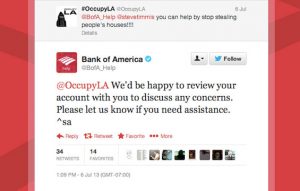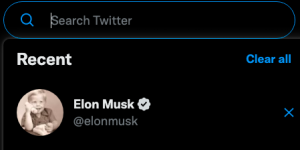
Gamification is a current buzzword in business management. Despite the popularity of the concept, not many managers actually know how and when to use it order to achieve their goals. And gamification can help them in a lot of ways; it motivates and engages people, changes their behaviors, helps to develop specific skills or overcome problems, inspires them to repeat tasks and go that extra mile to achieve more in less time.
Gartner predicts that by 2016, gamification will play a vital role in strategies used by retailers and enterprises to leverage customer marketing and loyalty. Because of its versatile character, gamification is useful in both internal and external business relations. Here’s a short guide to gamified strategies for business.
Applying Gamification: Risks and Benefits
Making a set of activities look like a game, managers can fight against boredom associated with repeating certain tasks and spice up the office life. Rewarding players with points, badges and levels, as well as publishing the list of best players on special leader boards is aimed at one thing: waking up that competitive instinct that all humans share, which provides us with an incentive for action.
It’s safe to say that games feature an element of risk. That’s why before applying gamification to an enterprise department or team, managers should always consult with trained coaches or have a specialized company design gamified strategies for them.
Managers should also be aware that gamification requires careful handling. If badly designed or poorly conducted, games can have a disastrous impact on the internal atmosphere of a company. And this actually happens; Gartner predicted that by 2014 over 80% of gamified processes would fail due poor design or inefficient rules.
When applying gamified strategies to corporate environments, managers should make sure that the process of progress tracking is transparent, talented employees are recognized and justly awarded and feedback is always provided in real-time.
Here are examples of crucial areas that benefit most from gamification with actionable tips on how to easily introduce some gamified strategies right now.
Project Management
Team managers can use gamification to help their teams regain focus, maintain a defined process of project development, as well as foster motivation and engagement among employees. By giving out objective rewards and setting a leader board, employees will feel motivated to achieve more in shorter time.
If you’re a manager who wants to motivate and engage a team, gamification might be for you. Here’s how you can use it right now:
- Give points for all tasks that need to be completed
- Clearly define rewards given to players after reaching certain stages of work (badges, stars, level markers)
- Make sure to reward players in real-time
- If your project development consists of a set of repetitive tasks, establish a level system. After completing a certain number of those tasks, players can level up
- After they reach a specific level, unlock additional rewards
- Always recognize the most talented players on a special leader board; you can use social media platforms like Yammer to share weekly results of your game
Recruitment
Gamification is useful for engaging and sourcing talent as well; think events like Google Code Jam or Facebook Hacker Cup. They not only served those companies to detect real talents, but also made them way more attractive as employers, acting like a talent magnet.
Gamification helps to quicken the process of candidate elimination, test specific skills, construct certain environments and check candidates’ professional approach, problem solving capabilities and potential for applying knowledge gained in training.
Here are some gamified techniques all recruiters can use right now to up their game:
- Set up virtual job fairs
- Reward candidates for completing an action (rating a video, leaving a comment) or reaching the next application stage on the candidate website
- Conduct video-based job tryouts
- Use puzzles, visual tests, multi-person discussions and problem-solving tasks
- Include a real-time progress bar on your candidate website so candidates can quickly see; how far they’re in the recruitment process
Customer Service
If you’re interested in increased brand loyalty, better analytics, more leads and less complaints, try using gamification in your customer service:
- Reward customers for waiting on hold. Send special messages or hashtags, and when customers use them, present a reward like points, miles or special promotions
- Reward consumers for solving problems on their own with special discounts or points
- Measure employee performance with gamified software; it will grant you with lots of practical analytics, showing you the time-frame of assigning support ticket, employee reaction and response and the time customers wait to have their issue solved. Publish a weekly or monthly leader boards recognizing the most efficient employees
Gamification is definitely a great technique for spicing up the routine office activities. Whether it’s recruitment or project development, motivation and engagement are crucial for making the most from every minute spent on completing tasks.
(252)
Report Post





